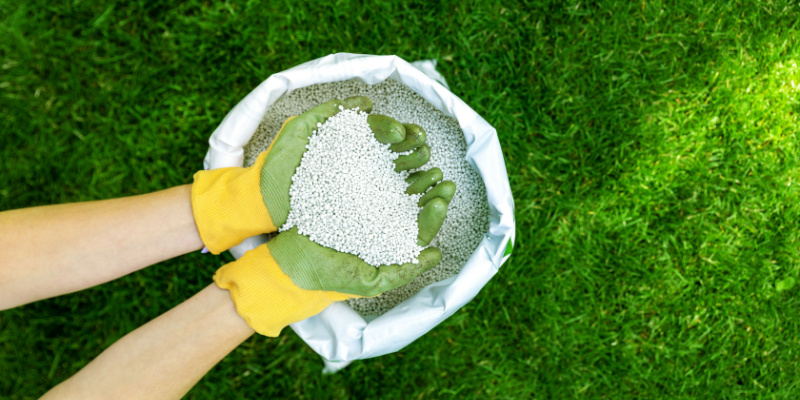Understanding the right frequency for fertilizing your lawn is key to maintaining its health and beauty. Homeowners in Ohio often wonder about the ideal number of times they should apply fertilizer to their lawns each year. The answer isn’t one-size-fits-all—it depends on several factors, including grass type, soil condition, and climate. Let’s break down what you need to know.
Factors Influencing Fertilization Frequency
1. Type of Grass:
Cool-season grasses (like Kentucky bluegrass or fescue) and warm-season grasses (such as Bermuda or Zoysia) have different fertilization needs.
2. Soil Type and Condition:
A soil test can reveal nutrient deficiencies and help determine the right fertilizer and frequency.
3. Climate and Season:
Ohio’s climate impacts how often your lawn needs nutrients.
General Guidelines for Lawn Fertilization
Cool-Season Grasses
- Early Spring (March–April):
Start with a light application to kickstart growth after winter dormancy.
- Late Spring (May–June):
A second application can support growth before the hot summer months.
- Early Fall (September–October):
This is the most important time for fertilizing cool-season grasses. It helps strengthen roots and store nutrients for winter.
- Late Fall (November):
A final application can further strengthen the lawn for the cold months ahead.
Warm-Season Grasses
- Late Spring (May-June):
Begin fertilizing as the grass enters its peak growth phase.
- Summer (July–August):
Another application is to maintain the health and vigor of the grass during the hottest months.
- Early Fall (September):
A final application can help the lawn recover from summer stress and prepare for winter dormancy.
The Role of Soil Tests
Conducting a soil test every 2–3 years is crucial. It informs you about the nutrient levels in your soil and helps tailor the fertilization schedule to your lawn’s specific needs.
Slow-Release vs. Quick-Release Fertilizers
- Slow-Release Fertilizers:
These release nutrients over time, providing a sustained feed. They often require fewer applications per year.
- Quick-Release Fertilizers:
They provide immediate nutrients but for a shorter duration, necessitating more frequent applications.
Eco-Friendly Fertilization Practices
Incorporating organic fertilizers and environmentally friendly practices is increasingly important. Organic options release nutrients slowly and improve soil health over time.
The Significance of Proper Application
It’s not just about how often you fertilize but also how you apply it. Even distribution and adhering to the recommended amount are essential to prevent burning the grass or causing uneven growth.
When to Seek Professional Help
If you’re unsure about your lawn’s specific needs or the best fertilization strategy, consulting with lawn care professionals can be invaluable. They can provide tailored advice and services, ensuring your lawn receives the right care at the right time.
The frequency of lawn fertilization in Ohio varies based on several factors, including the type of grass, soil conditions, and the local climate. A general rule of thumb for cool-season grasses is to fertilize up to four times a year, while warm-season grasses may require only two to three applications. Remember, a soil test is your best guide to creating a tailored fertilization schedule. Proper application and considering eco-friendly options can further enhance the health and appearance of your lawn. For personalized advice, don’t hesitate to seek professional guidance. With the right care, your lawn can be a lush, vibrant oasis that enhances your home’s outdoor space.

